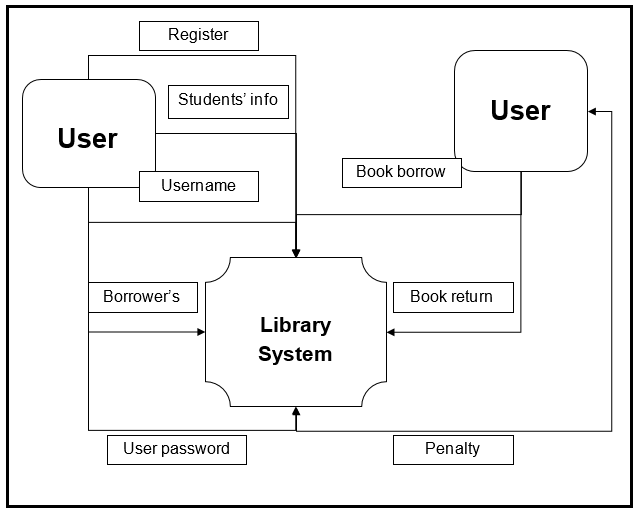In this discussion post, it is important to explain the reasons for selecting the medication to treat community-acquired pneumonia (CAP) in Mr. Jones, a 65-year-old male with a 30-year history of smoking. CAP is an infectious disease that is observed in patients who become infected in their communities in contrast to hospital-acquired pneumonia (Moran, Rothman, & Volturo, 2013). The clinical problem is that CAP is characterized by an infection of the pulmonary parenchyma, and this disease can lead to mortality in older patients and persons with comorbidities. Mr. Jones’s age and history of chronic renal failure are risk factors in this case. Therefore, clinical goals are to cope with symptoms of CAP, to predict complications associated with CAP, and to predict complications associated with the renal system’s functioning.
Non-pharmacological interventions appropriate for Mr. Jones include smoking cessation and physiotherapy with the focus on exercises to help the patient when coughing. The clinical practice guidelines developed for healthcare professionals who work with CAP patients are the guidelines that were created by the specialists of the Infectious Diseases Society of America and the American Thoracic Society in 2007. They are developed for treating adults and based on the results of many trials, but they are rather outdated and require revision (Mandell et al., 2007).
While referring to the clinical guidelines, the patient’s age, comorbidities, and an allergic reaction to penicillin, it is possible to prescribe such fluoroquinolone as levofloxacin (Woo & Robinson, 2016). Levaquin (levofloxacin) is discussed as the level I medication, and it is a good alternative for patients who cannot use penicillin (Mandell et al., 2007). For this patient, the monotherapy is appropriate (Raz-Pasteur, Shasha, & Paul, 2015).
Referring to the fact that Mr. Jones suffers from chronic renal failure, it is important to modify the dosage depending on creatinine clearance (CrCl mL/min). The normal dosage for this case is 750 mg of Levaquin per day for 5 days. For Mr. Jones, it is important to prescribe 750 mg every 48 hours (CrCl 20-49 mL/min). If Mr. Jones uses hemodialysis, then he should take 750 mg as an initial dose and then take 500 mg every 48 hours (Raz-Pasteur et al., 2015). The actual dosage should be determined depending on Mr. Jones’s tests regarding his renal disease and creatinine clearance.
This medication is selected because it belongs to the level I evidence drugs, it has minimal side effects, it is a relevant alternative to penicillin, and it is appropriate to be used in older patients and persons with chronic renal conditions with high positive outcomes and minimal risks (Raz-Pasteur et al., 2015). Other classes of medications are not as effective as fluoroquinolones, and they have many side effects (Mandell et al., 2007). It is possible to buy Levaquin tablets at Walmart pharmacy departments, and one tablet costs about $26.
To monitor the efficacy of Levaquin, it is important to plan a follow-up visit in 5 days and complete assessments to check whether the symptoms of CAP are present. The patient and his wife should also monitor any changes associated with the renal system and such side effects as nausea, vomiting, diarrhea, constipation, headache, and dizziness (Moran et al., 2013). If side effects or complications associated with the renal system (dark urine) are observed, it is important to stop taking the medication and visit a doctor.
The patient should also avoid taking Levaquin in combination with antacids, didanosine, and diuretics because of drug-drug interactions and avoid taking food with high levels of iron because of drug-food interactions (Mandell et al., 2007). Mr. Jones should be educated to take Levaquin according to the adjusted schedule, give up smoking, consult a doctor if there are side effects, and consult a doctor if symptoms of CAP become worse.
Prescription

References
Mandell, L. A., Wunderink, R. G., Anzueto, A., Bartlett, J. G., Campbell, G. D., Dean, N. C.,… Torres, A. (2007). Infectious Diseases Society of America/American Thoracic Society consensus guidelines on the management of community-acquired pneumonia in adults. Clinical Infectious Diseases, 44(S2), S27-S72.
Moran, G. J., Rothman, R. E., & Volturo, G. A. (2013). Emergency management of community-acquired bacterial pneumonia: What is new since the 2007 Infectious Diseases Society of America/American Thoracic Society guidelines. The American Journal of Emergency Medicine, 31(3), 602-612.
Raz-Pasteur, A., Shasha, D., & Paul, M. (2015). Fluoroquinolones or macrolides alone versus combined with β-lactams for adults with community-acquired pneumonia: Systematic review and meta-analysis. International Journal of Antimicrobial Agents, 46(3), 242-248.
Woo, T. M., & Robinson, M. V. (2016). Pharmacotherapeutics for advanced practice nurse prescribers (4th ed.). Philadelphia, PA: F. A. Davis Company.